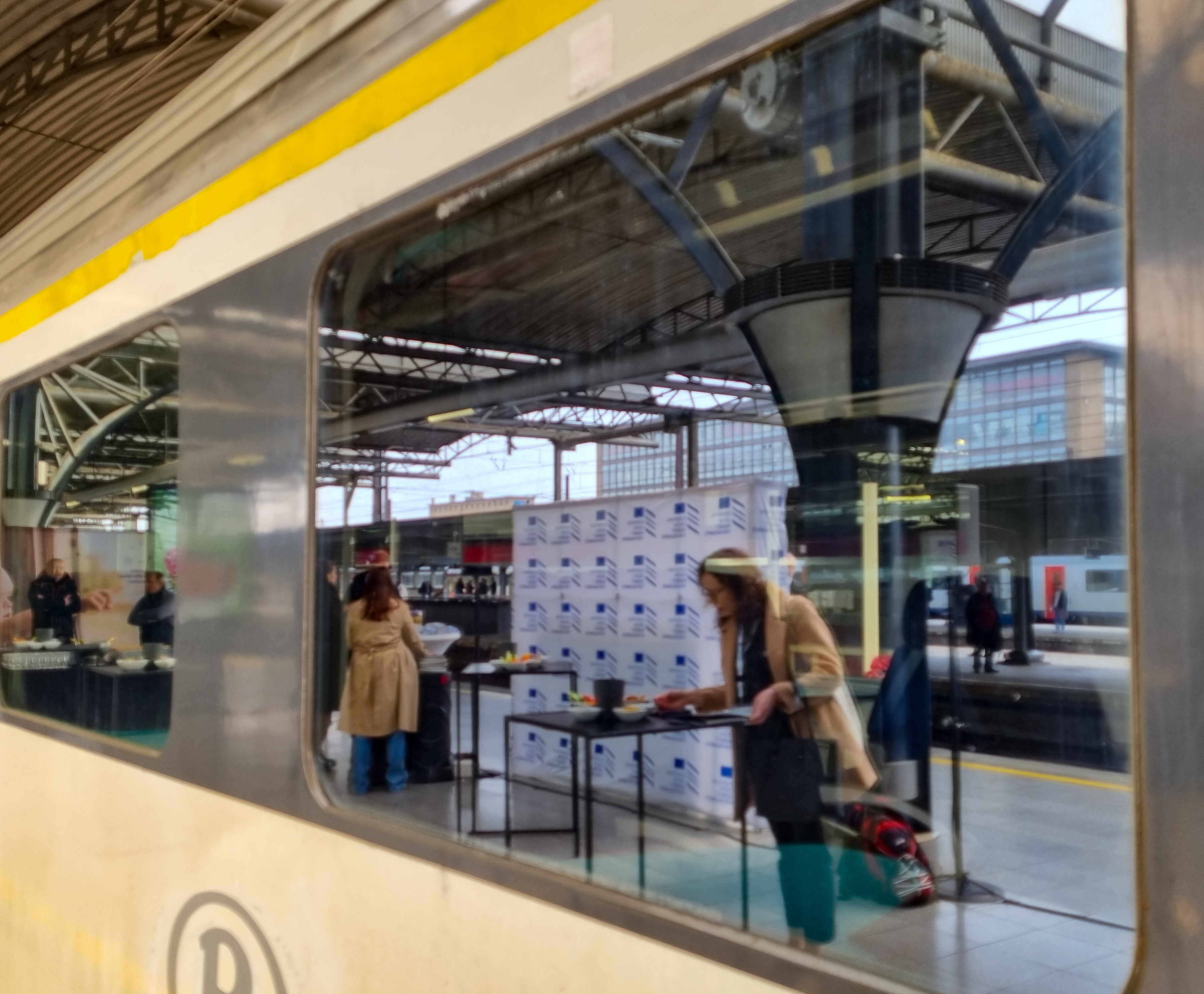About the EU Agency for Railways
The European Union Agency for Railways was established in Valenciennes in 2004, and currently has 188 employees representing more than 22 European Member States.
ERA has been providing EU Member States and the European Commission with technical assistance in the development and implementation of the Single European Railway Area. This comprises enhancing technical interoperability and harmonising rules, promoting simplified access for customers, developing a common approach to safety and safety culture, advising on telematics applications and ERTMS (European Rail Traffic Management System), monitoring National Safety Authorities and Notified Bodies and facilitating the exchange of information between the railway actors in Europe.
Since 16th June 2019 the EU Agency for Railways is mandated to issue single safety certificates and vehicle (type) authorisations valid in multiple European countries and to ensure an interoperable European Rail Traffic Management System.
About the Vehicle Authorisation Process
The technical pillar of the 4th Railway Package is designed to boost the competitiveness of the European railway sector by significantly reducing the costs and the administrative burden for cross-border rail services. In particular, the technical pillar implementation does:
- save businesses from having to file costly multiple applications for vehicle authorisations and safety certificates in the case of operations beyond one single Member State;
- create a ‘one-stop shop’ IT tool which will act as a single-entry point for all such applications, using easy, transparent, and consistent procedures;
- ensure that European Rail Traffic Management System (ERTMS) equipment is interoperable;
- reduce the large number of remaining national rules, which create a risk of insufficient transparency and disguised discrimination of new railway undertakings.
Before a new or modified railway vehicle is permitted to operate on the EU railway network it must be authorised. An authorisation is granted for a vehicle and/or vehicle type (vehicle type authorisation) or for individual vehicles that conform to an already authorised vehicle type (vehicle authorisation for placing on the market).
The authorisation process allows the authorising entity to achieve reasonable assurance that the applicant and the other entities involved in the design, manufacture, verification and validation of the vehicle and/or vehicle type have fulfilled their obligations and responsibilities, in order to ensure that the vehicle can be safely operated in the area of use.
When identifying relevant rules, the applicant should take into account the relevant Technical Specifications for Interoperability (TSIs), the applicable national rules and other applicable Union law (e.g. non-road mobile machinery emissions under Regulation (EU) 2016/1628).
A vehicle and/or vehicle type authorisation is valid for a defined area of use, i.e. a network or networks within one or more Member States where the vehicle may be used. A further authorisation is required if changes are made to the area of use (extension of the area of use).
The Agency issues decisions in regards to the need for an authorisation when changes to an already authorised vehicle (or a series of vehicles) are notified to ERA, as authorising entity, by an entity not being the type authorisation holder under Art. 16(4) of Regulation (EU) 2018/545.






